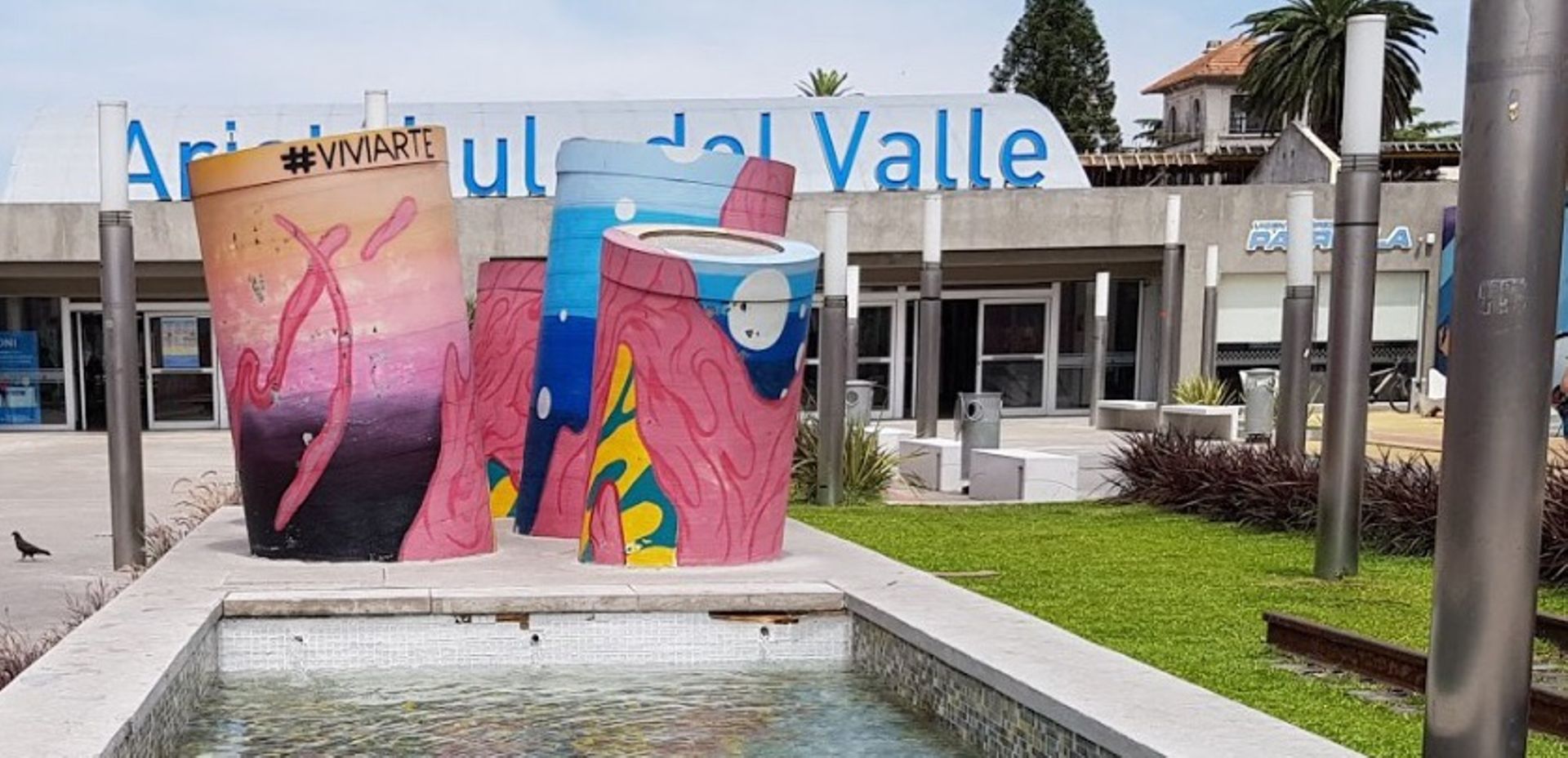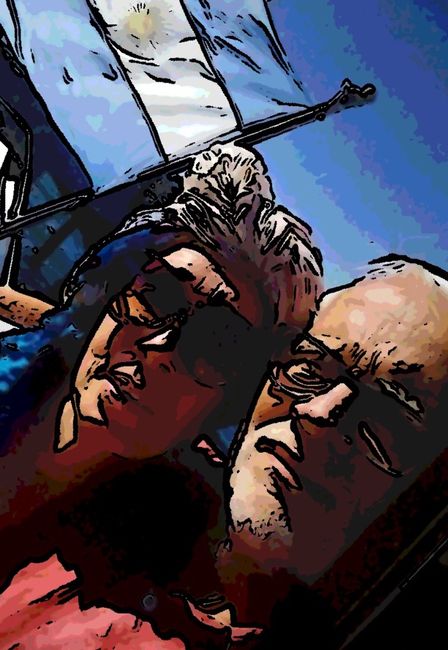San Fernando del Valle de Catamarca
ที่ตีพิมพ์: 19.01.2019
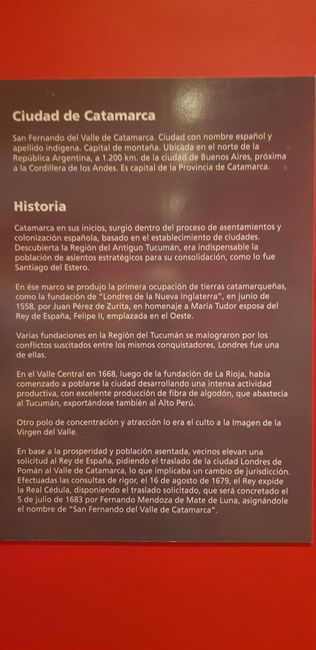
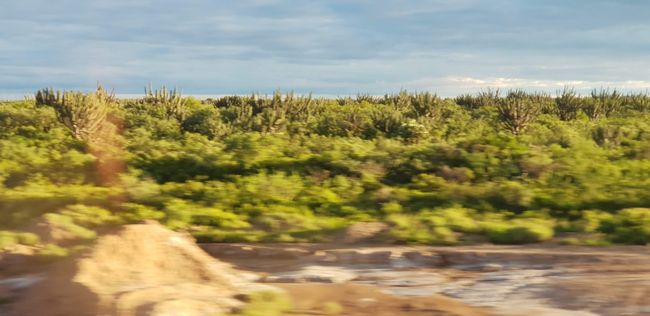
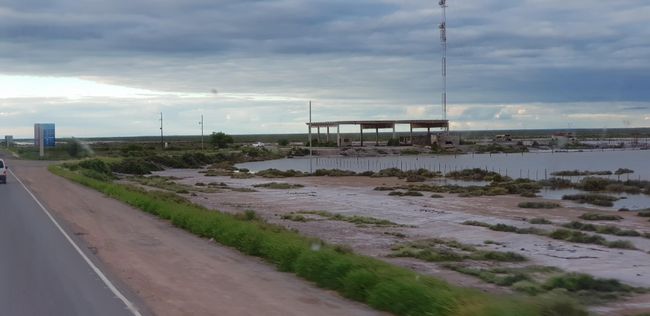
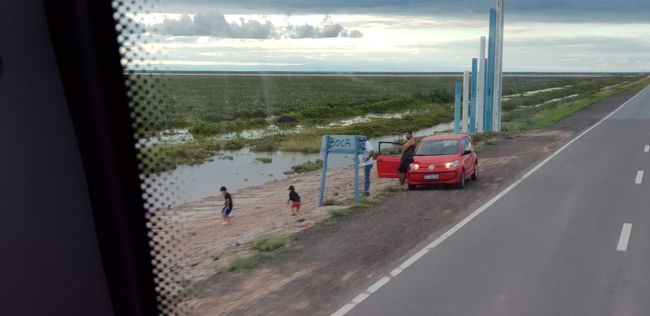
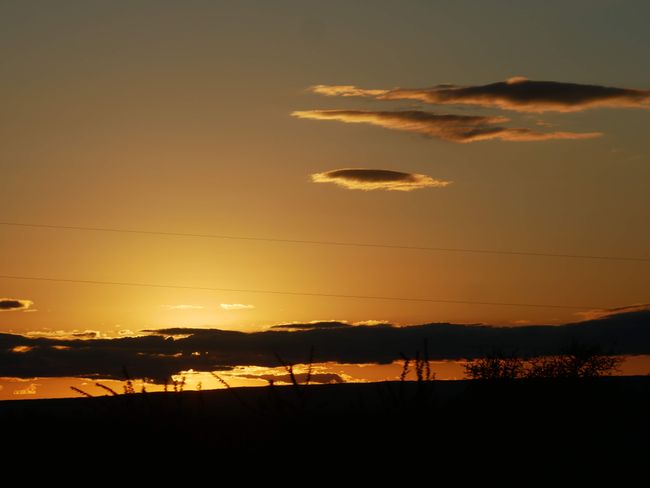
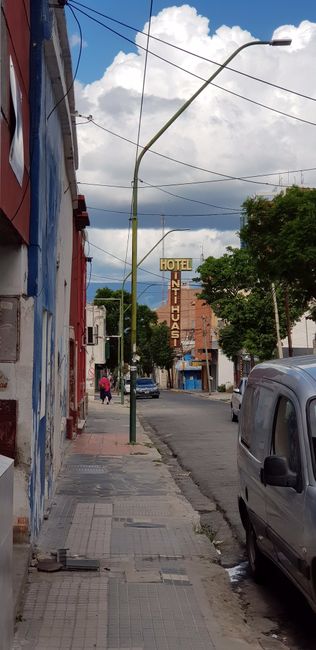
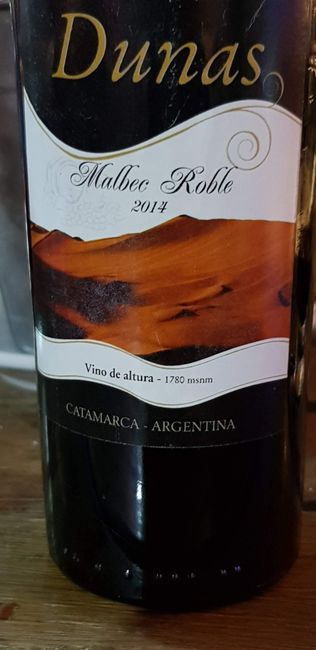
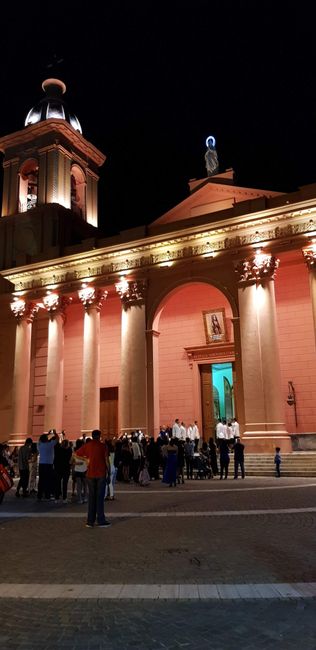
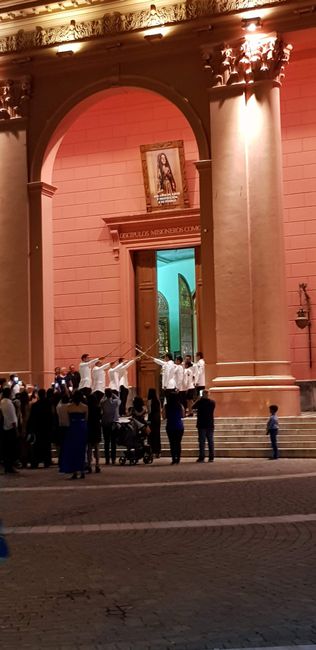
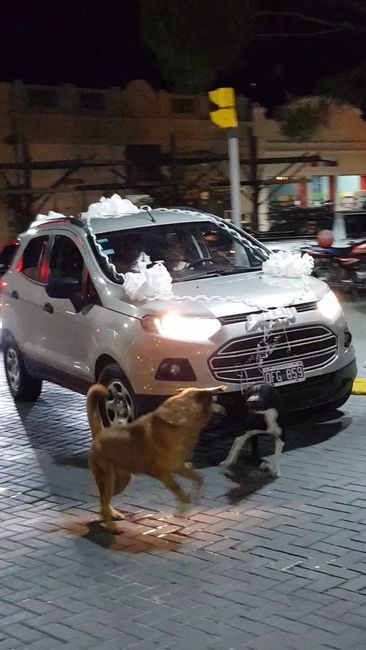
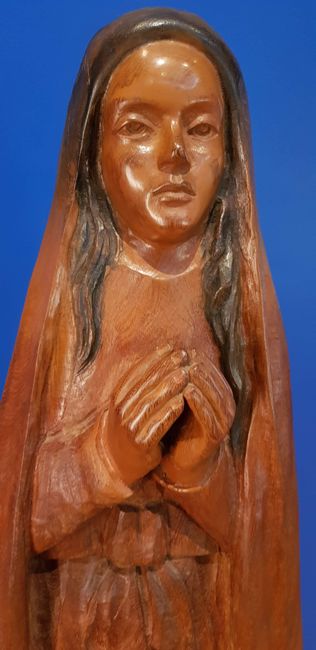
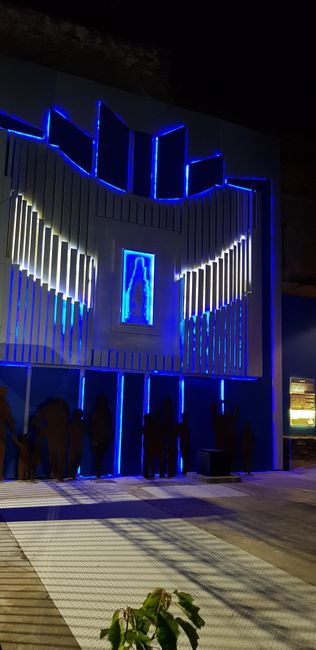
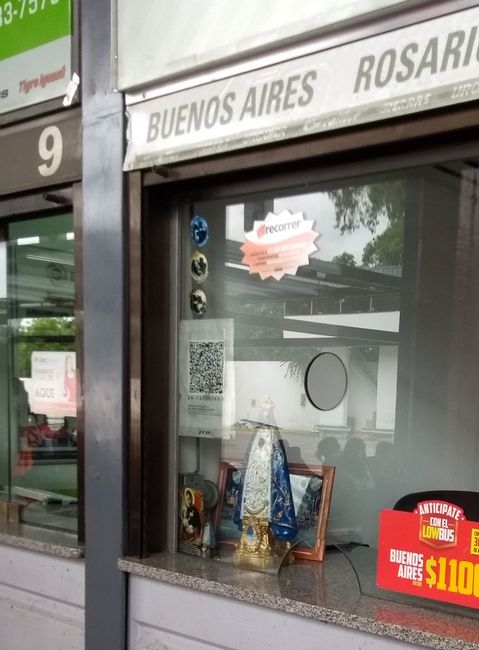
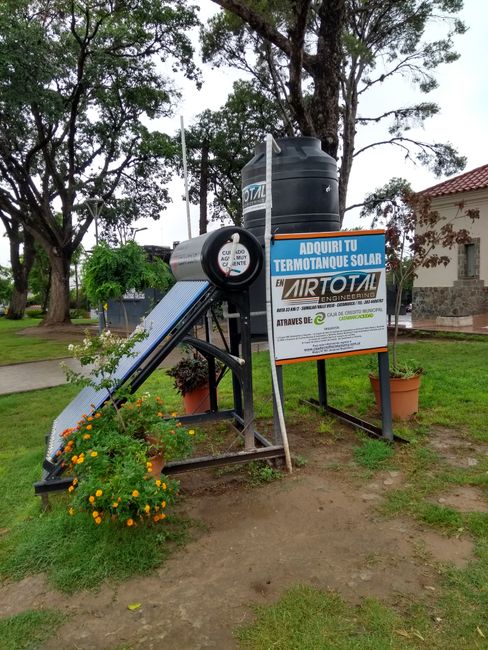
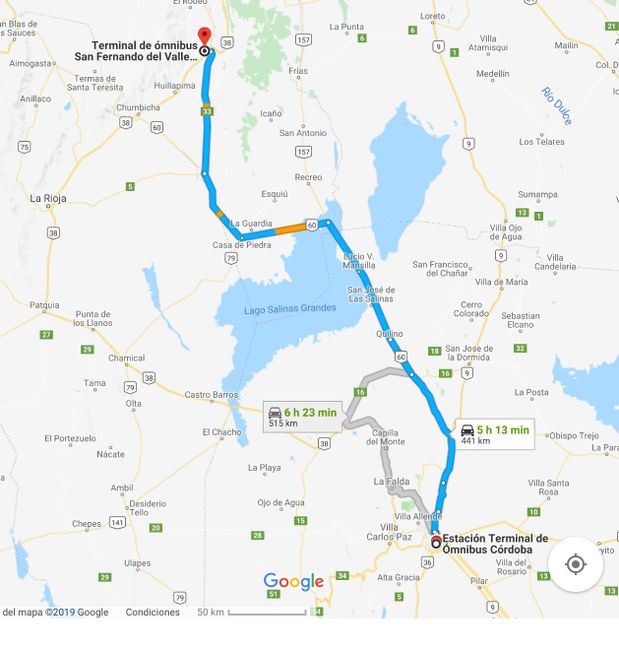
สมัครรับจดหมายข่าว
... or simply 'Catamarca' is our next destination. Taking the bus in the afternoon from Cordoba, the journey was supposed to take about 6 hours, but it ended up being 7.
For the first few hours, we drove through fields and meadows, passing through small towns and villages, crossing a few rivers. Then the area became increasingly 'wild'. On both sides, there was only rugged and thorny shrubbery, with fewer and fewer trees but more giant cacti towering over the bushes. At some point (as Google Maps told us), we drove between two huge salt lakes, and after a while, there was water on both sides, sometimes with more or less of this obviously saltwater-resistant shrubbery, often extending to the horizon. The continuous rain of the past few days had caused the water levels to rise so much that in the few small settlements along the roadside, the water reached the residents' doorstep.
We drove through this desolate, rainy landscape for hours. It felt like every half an hour, another vehicle would pass by, mostly buses going in the opposite direction or mopeds. Eerie.
That didn't change even when we could already see the lights of the city. At least the rain had stopped by then, and we were driving towards a beautiful sunset.
But where on earth was the 'normal' (Saturday) evening traffic of a city with 160,000 inhabitants? We found out when we took a taxi from the bus terminal to the hotel, which was about 1.1 km away. All the streets around the city center were hopelessly congested, like the worst evening rush hour traffic we can imagine back home. Add to that the narrow one-way streets, construction sites, honking cars, buses, mopeds... and crowds of pedestrians in between. So here they all are! Probably no one dares to leave the city after dark. Well, where would they go? Into the salt shrub desert?
When we arrived at the hotel, we dropped off our things and immediately went out again. The weather was perfect for an evening stroll: pleasantly warm with a gentle breeze. Let's go to the city center! It consists, as we quickly noticed, of a very well-maintained square on one side of which are the cathedral and the government building, on one side a pedestrian zone (which, however, seemed quite dead now), and on the other two sides a bar and a restaurant lining up next to each other. And here, life was bustling. On the square, various vendors, some of them loudly, offered their goods: sunglasses and umbrellas, souvenirs, jewelry, trinkets, religious kitsch, and other knick-knacks.
In front of the cathedral, there was a group of festively dressed people eagerly staring at the entrance. Two rows of men armed with swords faced each other. It turned out to be part of a wedding ceremony, followed by a procession involving the city's dog pack and applause from the entire crowd at the bar - all of this shortly before midnight. See pictures.
The hotel (Inti Huasi), like the entire city, has seen better days. But it's very clean, the staff is exceptionally friendly (I have the impression that it's a small family-owned business), and the breakfast (typical of the region) is okay. And at a price of about €46 for both of us for 2 nights, you really can't complain.
Overall, we found the city very charming. The city had its heyday over 150 years ago when the climate and fertile soil favored the cultivation of grapes, olives, and cotton, which presumably made a lot of money. Agriculture is still an important economic factor in the province, but the city clearly relies on tourism.
Everywhere in the city, the 'Virgen del Valle' is present. According to legend, she appeared to an indigenous person in 1640 in a cave ('Gruta de la Virgen del Valle', now located a few kilometers outside the city) and, unlike the usual depictions of 'mothers of God', had the features of a woman from the local population. Today, she is regarded as the patron saint of the city, with a museum dedicated to her, and large wall plaques in the outdoor area that record her miracles. And she even has her own counter at the bus terminal.
I was also impressed by a solar hot water system in another park in the city. On sunny days, people can get their hot water for mate tea there. We tested the tap after 24 hours of continuous rain. It's probably no longer suitable for mate tea, but it would definitely be enough for a nice warm shower. I think the whole thing is a promotion for a better acceptance of this environmentally friendly, but unfortunately not yet widely spread, hot water system - and the city offers public financing for it.
สมัครรับจดหมายข่าว
คำตอบ
